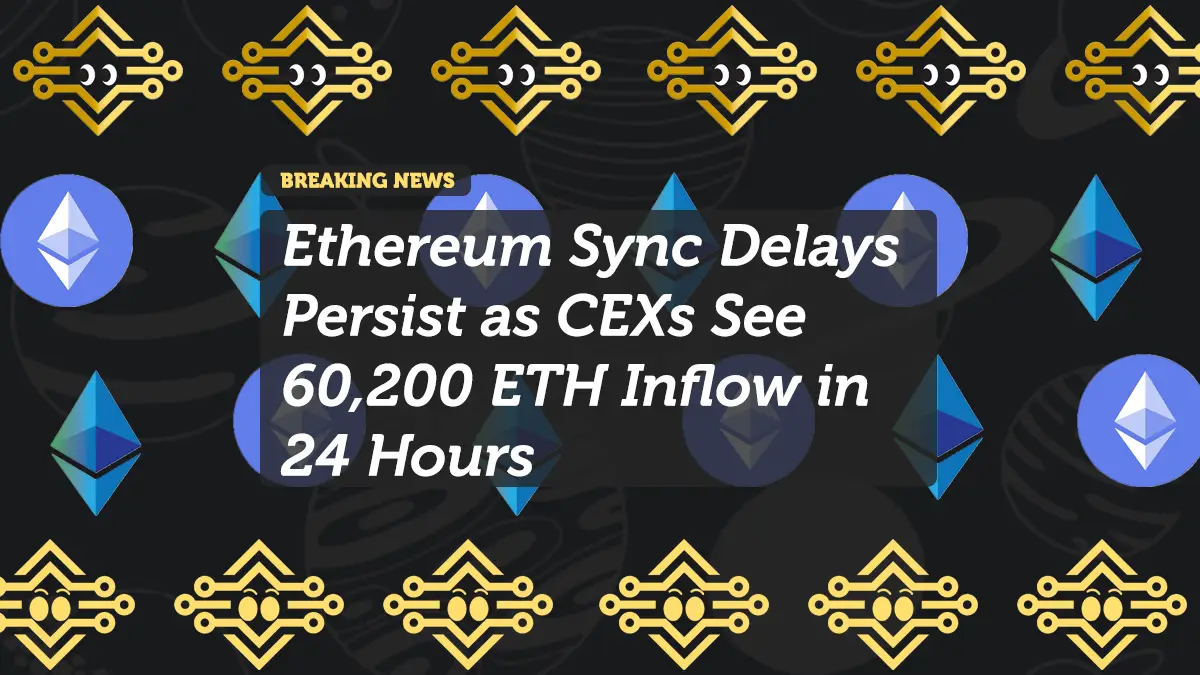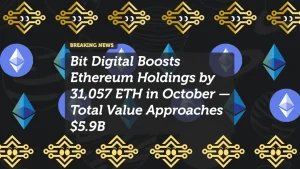
Ethereum Sync Delays Persist as CEXs See 60,200 ETH Inflow in 24 Hours
Ethereum is once again facing deposit synchronization delays, causing noticeable friction across centralized exchanges (CEXs). According to Coinglass data on November 19, the network’s ongoing sync lag coincided with a significant net inflow of 60,200 ETH to major exchanges within the past 24 hours.
This large movement of ETH toward exchanges typically signals increased sell-side pressure, potential hedging activity, or liquidity repositioning by whales and institutions—especially during periods of network instability.
What’s Causing Ethereum’s Sync Delay?
Ethereum’s “deposit sync delay” refers to the lag between on-chain confirmations and exchange recognition of those deposits. This can be caused by:
- Congestion in block processing
- High network usage from liquid staking protocols, L2 settlements, or airdrops
- Client-level processing delays across large validators
- Temporary issues affecting relayers or state sync nodes
These delays often lead exchanges to extend deposit confirmation times, increasing uncertainty for traders.
60,200 ETH Net Inflow: What Does It Mean?
A net inflow indicates that more ETH entered centralized exchanges than left them. This metric is crucial for predicting price action.
Possible implications:
1. Sell Pressure Rising
Large inflows typically precede increased selling, especially when accompanied by:
- Network instability
- Market-wide volatility
- Fear-driven liquidity reshuffling
2. Whales Preparing for Hedging
During uncertain market conditions, whales may move ETH to CEXs to short futures or rebalance positions.
3. Arbitrage and Liquidity Needs
With sync delays affecting DEXs and staking platforms, some users may shift assets to exchanges with faster execution.
How This Could Impact ETH Price
Ethereum recently slipped below several key support levels and is struggling to regain momentum. A large inflow like this:
✔ Increases short-term volatility
✔ Signals lower market confidence
✔ Raises the likelihood of further downside
If sync delays persist, exchanges may tighten deposit policies, further complicating liquidity flows.
Key Metrics to Monitor Next
1. Exchange Reserves
If reserves continue rising, ETH price could see renewed downward pressure.
2. Funding Rates
Negative funding would confirm traders are positioning for more declines.
3. Staking Deposit Queue
A slowdown in staking demand often correlates with trader fear.
4. L2 Settlement Congestion
High settlement volume could be contributing to broader sync issues.
Conclusion
Ethereum’s ongoing deposit synchronization delays, paired with a substantial 60,200 ETH net inflow to centralized exchanges, present a concerning mix of network stress and market anxiety. Traders should watch closely for further inflows, exchange policy updates, and any official statements from major Ethereum client teams.
















